

Articles
How To Store Fried Tofu
Modified: February 28, 2024
Discover the best techniques for storing fried tofu in this comprehensive article. Learn how to keep it fresh and maintain its texture for longer.
(Many of the links in this article redirect to a specific reviewed product. Your purchase of these products through affiliate links helps to generate commission for Storables.com, at no extra cost. Learn more)
Introduction
Fried tofu is a versatile and delicious ingredient in many dishes, from stir-fries to salads. The crispy exterior and soft, savory interior make it a favorite among vegetarians and meat lovers alike. However, once you have cooked or bought fried tofu, it’s crucial to store it properly to maintain its freshness, texture, and flavor.
Proper storage not only ensures that your fried tofu stays safe to eat but also helps to prevent it from becoming soggy or losing its crispiness. In this article, we will explore the best practices for storing fried tofu, both in the refrigerator and the freezer, so you can enjoy it at its best for as long as possible.
Key Takeaways:
- Properly storing fried tofu is essential for maintaining its freshness, texture, and flavor. Whether in the refrigerator or freezer, following the right methods ensures delicious and safe-to-eat fried tofu.
- Thawing and reheating frozen fried tofu is crucial for restoring its crispy texture and enhancing its flavor. Whether using the refrigerator or water thawing, proper preparation ensures enjoyable and versatile fried tofu in various dishes.
Read more: How To Store Tofu
Understanding Fried Tofu
Before diving into the specifics of storing fried tofu, let’s take a moment to understand what fried tofu actually is and why proper storage is crucial. Fried tofu, also known as tofu puffs, is made from soybean curd that has been pressed and then fried until golden brown.
The process of frying tofu gives it a crispy exterior, creating a delightful contrast with its soft and creamy interior. It also enhances the flavor, making it savory and delicious on its own or as an ingredient in various recipes.
Now, why is proper storage important for fried tofu? Well, like any other perishable food item, fried tofu is susceptible to bacterial growth and spoilage. If not stored correctly, it can become a breeding ground for bacteria, leading to foodborne illnesses.
In addition to food safety concerns, improper storage can also affect the texture and taste of fried tofu. If exposed to air or moisture, it can become soggy and lose its crunchiness. This can be disappointing and may not result in the desired texture when added to dishes.
By understanding the nature of fried tofu and the reasons why proper storage is important, we can now delve into the best practices for storing this delightful ingredient.
General Tips for Storing Fried Tofu
Before we explore the specific storage methods, let’s look at some general tips that apply regardless of whether you are storing fried tofu in the refrigerator or the freezer.
Cooling down the tofu:
After frying the tofu, allow it to cool down completely at room temperature before attempting to store it. This not only prevents condensation from forming inside the storage container but also helps maintain the crispiness of the tofu.
Removing excess oil:
It’s essential to remove any excess oil from the fried tofu before storing it. You can do this by gently patting it with a paper towel or placing it on a wire rack to let the oil drain off. This step helps to prevent the tofu from becoming greasy and helps it retain its desired texture.
Read more: How To Store Tofu In Freezer
Choosing a suitable storage container:
When selecting a container for storing fried tofu, opt for one that is airtight and food-safe. This will prevent exposure to air, moisture, and other contaminants, ensuring that the tofu stays fresh and maintains its flavor. Glass or plastic containers with tight-fitting lids are excellent choices.
Remember, following these general tips will set you up for success and help prolong the shelf life of your fried tofu. Now, let’s move on to specific storage methods for the refrigerator and the freezer!
Refrigerator Storage
Storing fried tofu in the refrigerator is a common method to keep it fresh for a few days. Here’s how to do it:
Preparing tofu for refrigerator storage:
Before storing fried tofu in the refrigerator, allow it to cool down completely if you haven’t done so already. Once cooled, transfer the tofu to a plate or tray lined with paper towels. This will help absorb any excess moisture and prevent the tofu from becoming soggy.
Properly storing tofu in the refrigerator:
Place the prepared fried tofu in an airtight container and seal it tightly. Ensure that there is enough space in the container to prevent the tofu from being squished or damaged. You can also wrap the tofu in plastic wrap or place it in a resealable plastic bag before putting it in the container for extra protection.
Read more: How To Store Cooked Tofu
Maximum storage duration in the refrigerator:
When stored properly in the refrigerator, fried tofu can stay fresh for up to three to four days. However, it’s best to consume it within the first two days for optimal quality and flavor. After this point, the tofu may start to lose its crispiness and become less enjoyable to eat.
By following these guidelines, you can safely store fried tofu in the refrigerator and maintain its freshness for a few days. However, if you don’t plan to consume it within that time frame, or if you want to store it for a longer duration, freezing is a better option. Let’s explore freezer storage next!
Freezer Storage
If you want to extend the shelf life of your fried tofu beyond a few days, freezer storage is the way to go. Here’s how to properly store fried tofu in the freezer:
Preparing tofu for freezer storage:
Similar to refrigerator storage, allow the fried tofu to cool down completely before freezing. Once cooled, cut the tofu into smaller portions that are suitable for your future needs. This will make it easier to thaw and use later on.
Properly packaging tofu for the freezer:
Wrap each portion of fried tofu tightly in plastic wrap or place them in individual freezer bags. Be sure to remove as much air as possible from the packaging to prevent freezer burn. For added protection, you can double-wrap the tofu or place it in a freezer-safe container with a tight-fitting lid.
Read more: How To Store Pressed Tofu
Maximum storage duration in the freezer:
When stored properly in the freezer, fried tofu can retain its quality for up to three months. However, for the best texture and flavor, it’s recommended to consume it within two months. Beyond this timeframe, the tofu may start to develop a freezer taste and lose some of its appeal.
With proper preparation and packaging, you can store fried tofu in the freezer for an extended period, allowing you to enjoy it at your convenience. When you’re ready to use the frozen tofu, proper thawing and reheating are essential. Let’s explore these steps next!
Thawing and Reheating Fried Tofu
Thawing frozen tofu:
When you’re ready to use your frozen fried tofu, it’s crucial to thaw it properly to ensure even heating and maintain its texture. There are a couple of methods you can use:
- Refrigerator thawing: The safest and most recommended method is to thaw the frozen tofu in the refrigerator. Simply remove it from the freezer and place it in a container or plate in the refrigerator overnight. This slow thawing process allows the tofu to defrost gradually without losing its quality.
- Water thawing: If you need to thaw the fried tofu quickly, you can submerge the frozen tofu in a bowl of cold water. Make sure the tofu is securely wrapped in plastic to prevent water from seeping in. Change the water every 30 minutes to maintain a cold temperature. This method will thaw the tofu faster, but be mindful that it may affect the texture slightly.
Reheating fried tofu:
Once the frozen tofu is fully thawed, you can reheat it to restore its crispy texture and enhance its flavor. There are a few methods you can choose from:
- Oven or toaster oven: Preheat the oven to around 350°F (175°C) and place the thawed tofu on a baking sheet lined with parchment paper. Bake for 10-15 minutes, or until the tofu is heated through and the exterior becomes crispy again.
- Stovetop: Add a small amount of oil to a non-stick pan and heat it over medium heat. Place the thawed tofu in the pan and cook for a few minutes on each side until it is heated throughout and crispy.
- Air fryer: If you have an air fryer, it’s an excellent option for reheating fried tofu. Simply preheat the air fryer to around 350°F (175°C), place the tofu in the basket, and air fry for 5-8 minutes until it’s heated and crisp.
Whichever method you use, keep a close eye on the tofu to prevent it from burning. Once reheated, you can enjoy your fried tofu as if it were freshly fried!
Read more: How To Store Soft Tofu
Conclusion
Proper storage is crucial for maintaining the freshness, texture, and flavor of fried tofu. Whether you’re storing it in the refrigerator or the freezer, following the right methods will ensure that your fried tofu stays delicious and safe to eat.
When storing fried tofu in the refrigerator, remember to cool it down, remove excess oil, and choose a suitable airtight container. The maximum storage duration in the refrigerator is about three to four days, although it’s best to consume it within the first two days for optimal quality.
For longer-term storage, freezing fried tofu is the way to go. Ensure that the tofu is cooled down completely before packaging it tightly in plastic wrap or freezer bags. The maximum storage duration in the freezer is about three months, but for the best taste and texture, aim to consume it within two months.
When you’re ready to use frozen fried tofu, it’s important to thaw it properly. Whether you choose to thaw it slowly in the refrigerator or use water thawing for a quicker option, make sure the tofu is fully thawed before reheating.
Reheating fried tofu can restore its crispy texture and enhance its flavor. Whether you use the oven, stovetop, or air fryer, be mindful not to overcook it to prevent dryness or burning.
By following these guidelines for storing, thawing, and reheating fried tofu, you can enjoy this versatile ingredient in various dishes while ensuring its quality and safety. So go ahead and incorporate fried tofu into your favorite recipes, knowing that you have the knowledge to store it properly and savor its deliciousness for longer periods of time!
Frequently Asked Questions about How To Store Fried Tofu
Was this page helpful?
At Storables.com, we guarantee accurate and reliable information. Our content, validated by Expert Board Contributors, is crafted following stringent Editorial Policies. We're committed to providing you with well-researched, expert-backed insights for all your informational needs.
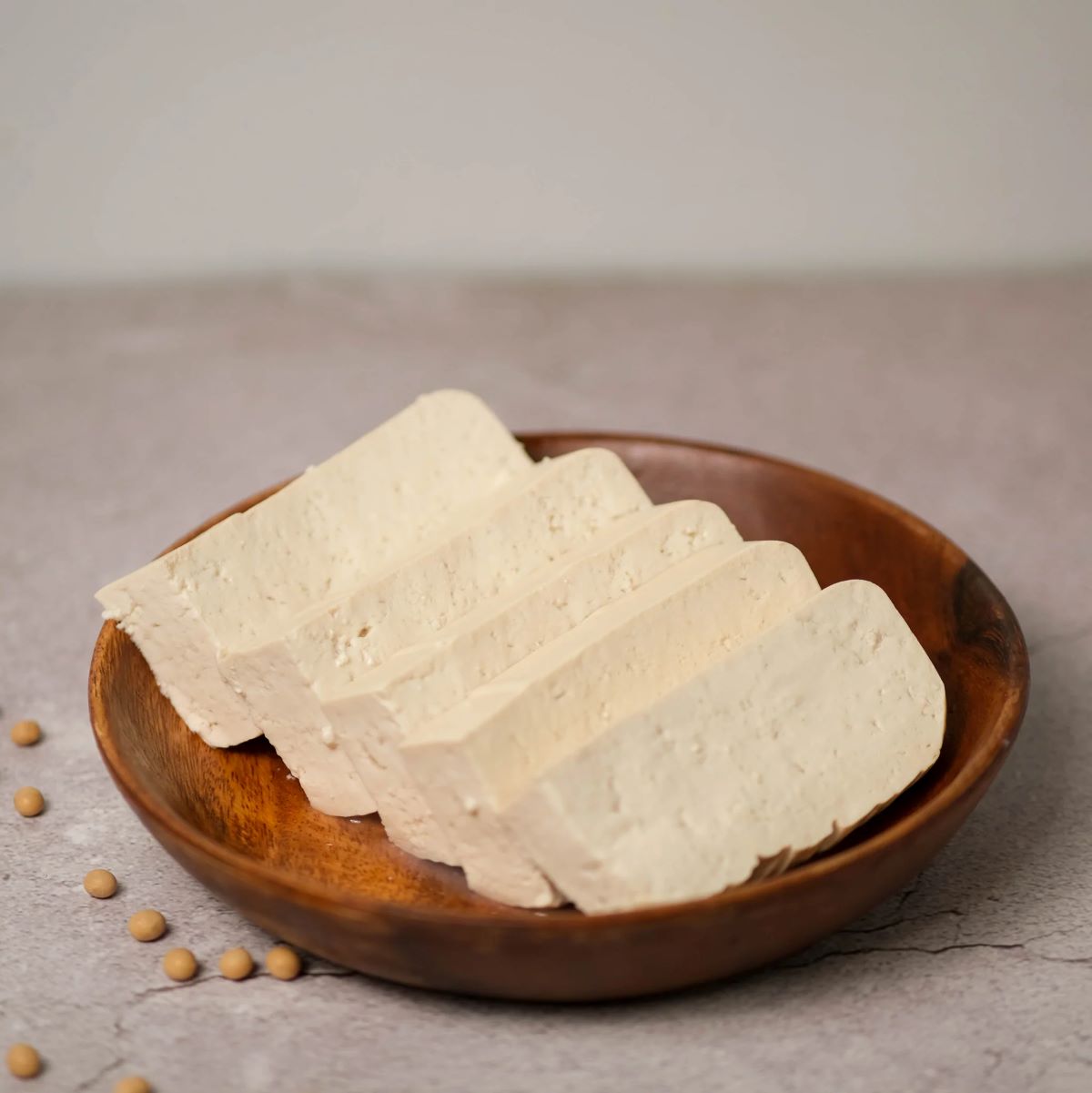
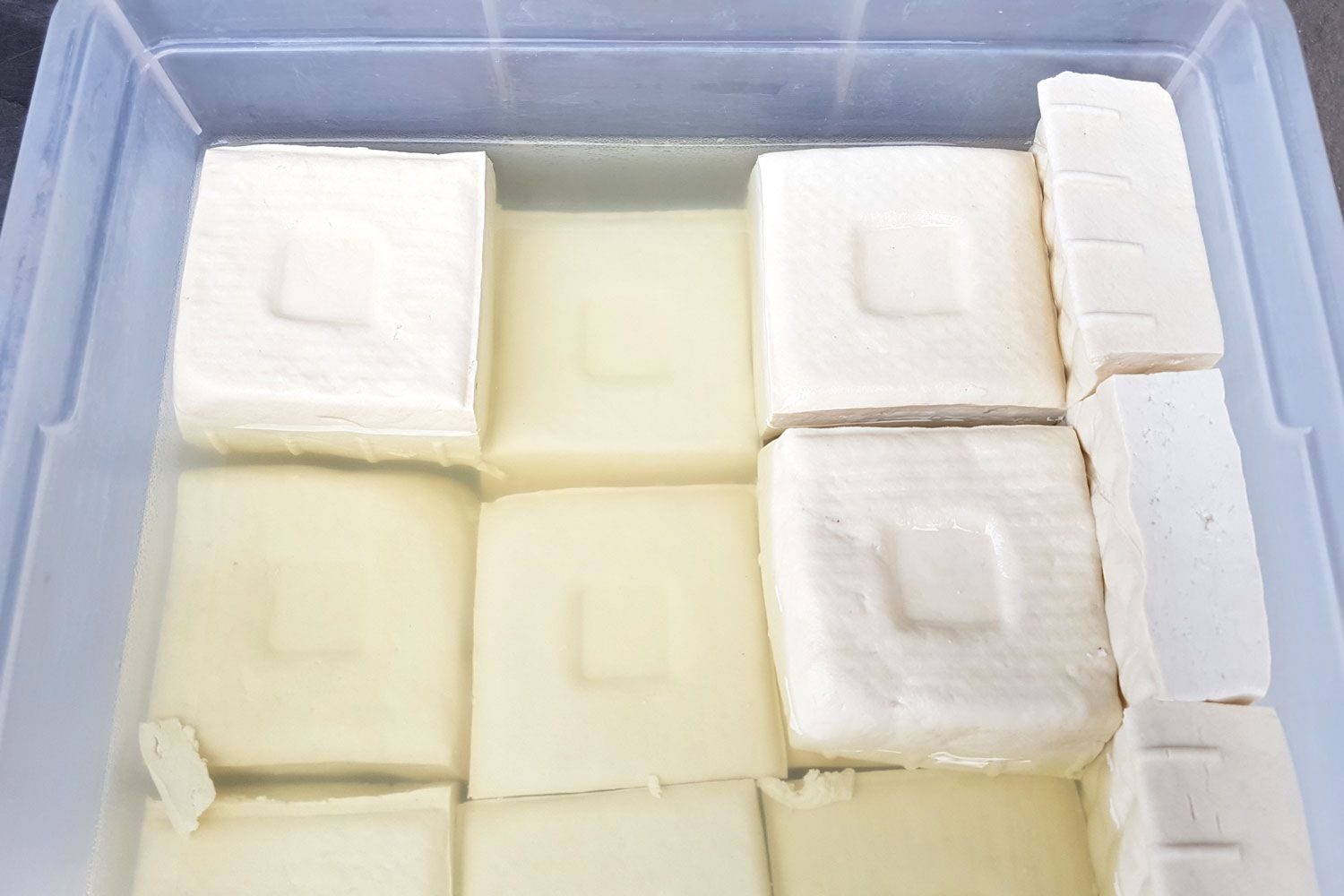
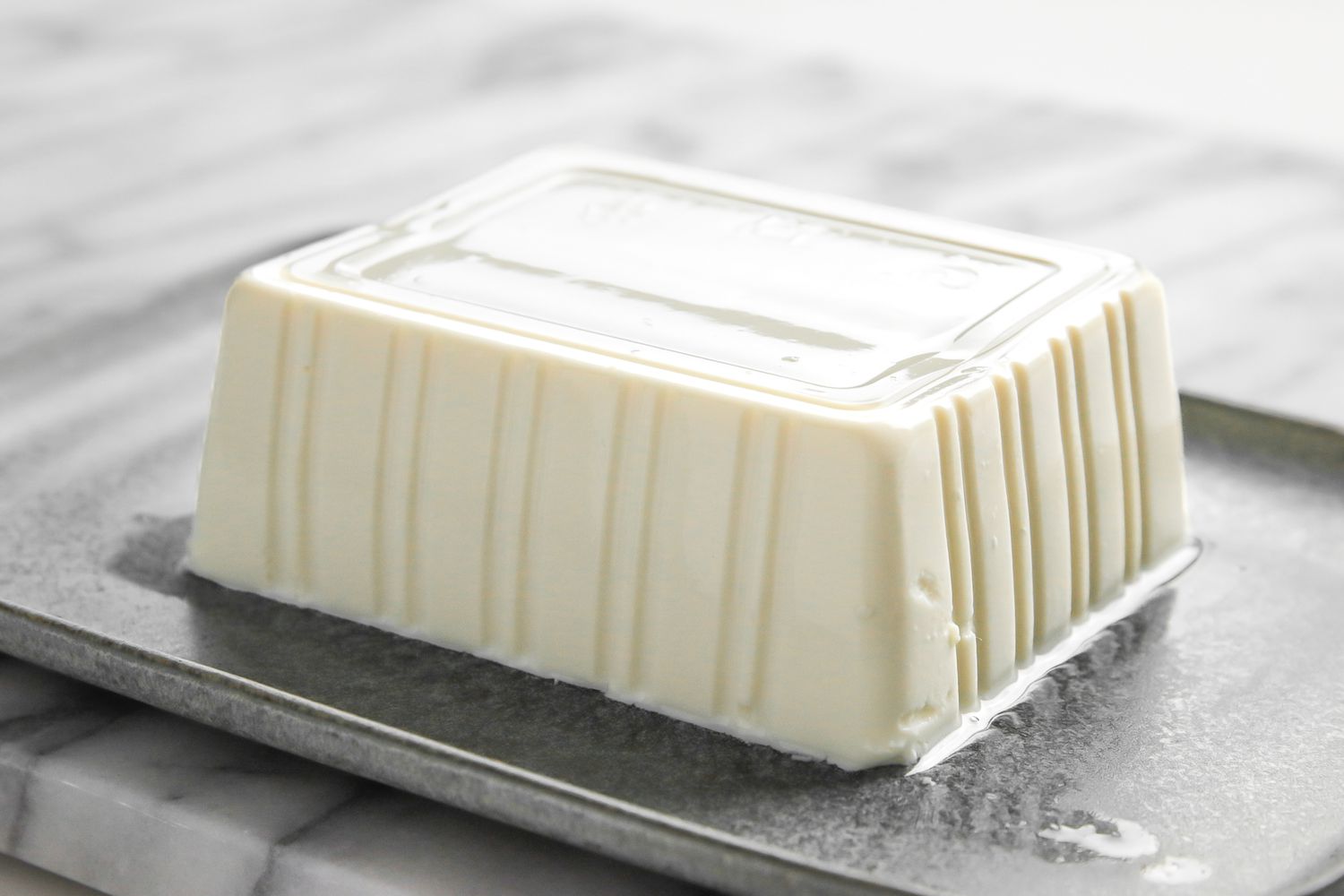




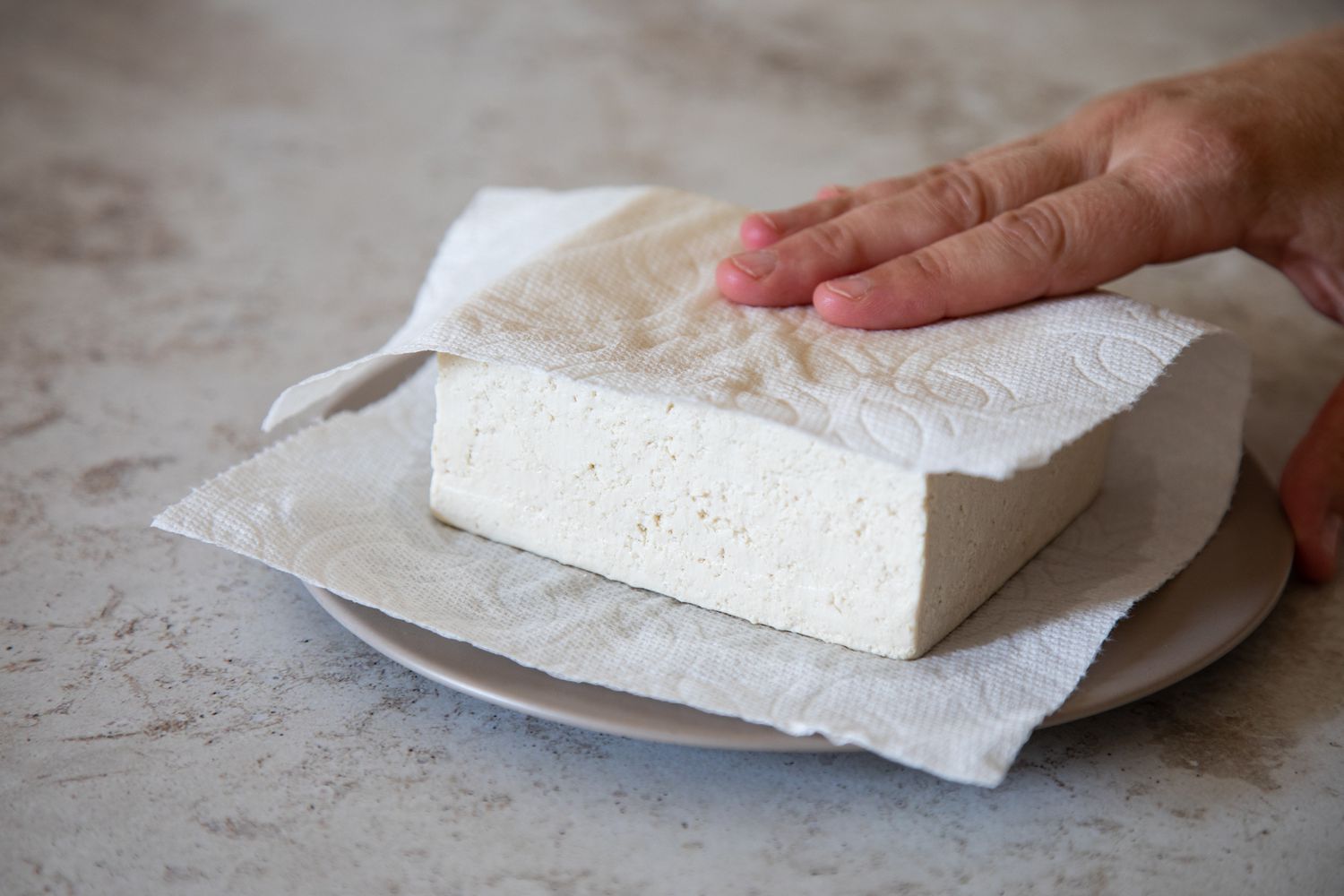
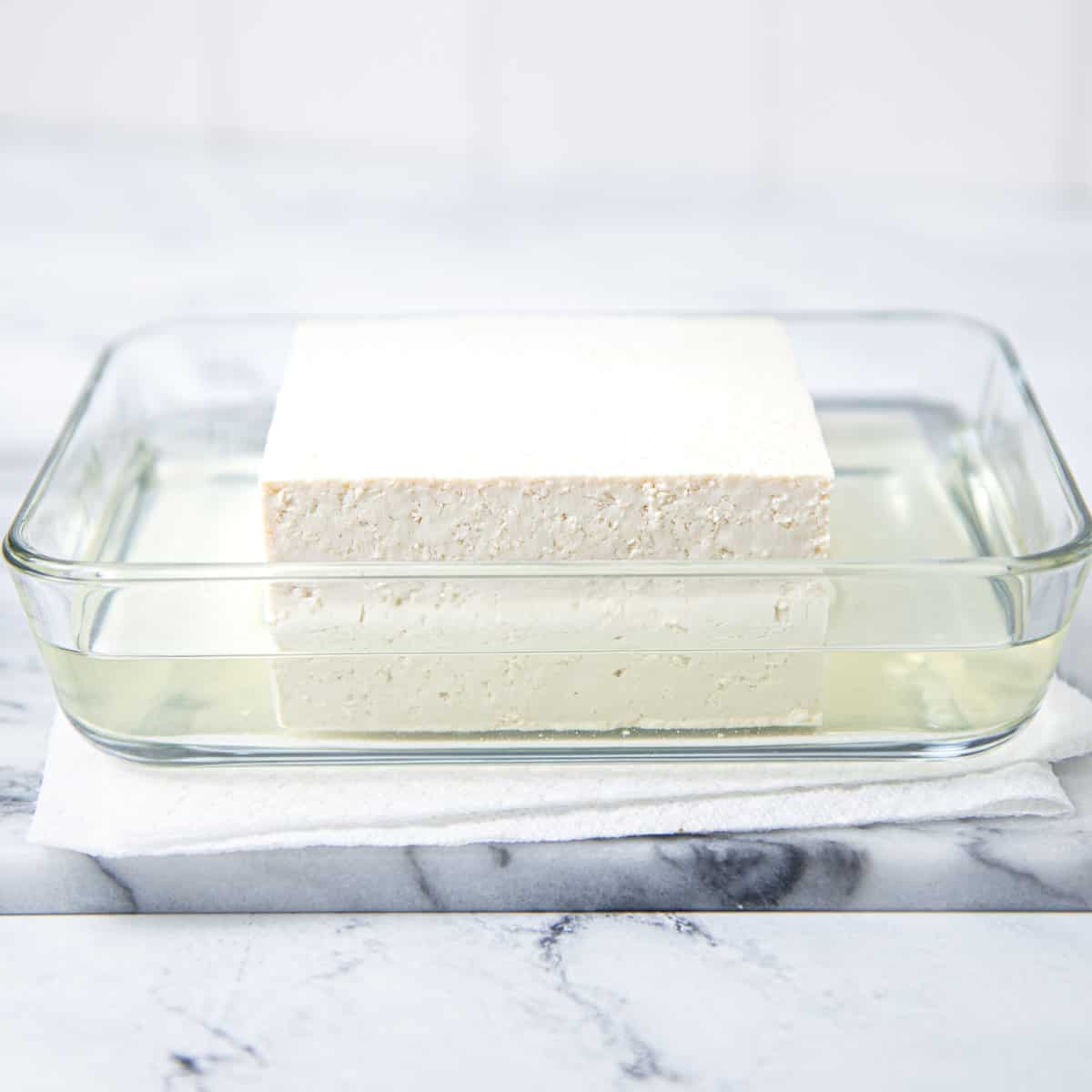



0 thoughts on “How To Store Fried Tofu”